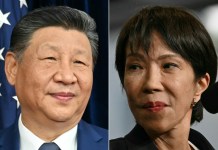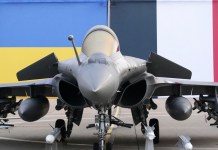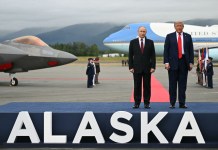Indian Space Research Organisation (ISRO) is all set to launch two British satellites on September 16 with its PSLV C42 from Sriharikota. ISRO has developed into a premium space agency and launching British satellites would be a matter of pride for the country, as India only got its independence from Britain in 1947.
- How Pakistan’s Space Agency SUPARCO beat ISRO in Space Race?
- ISRO Bets Big on Indian Space Program; To Launch 2 Space Missions Monthly
The two UK satellites- Novasar and S1-4-weighing 450 kg each will be the main payload as there will be no Indian satellite. Britain will use these satellites for earth observation. Talking to Indian TOI, ISRO chairman K Sivan said, “It will be a full-fledged commercial launch. However, this will not be the first time ISRO is going for the full commercial launch.”
On April 23, 2007, the Indian space agency had for the first time launched a rocket solely for commercial purpose. Its PSLV-CA carried Italy’s astronomical satellite AGILE as the main payload. Consequently, on July 10, 2015, ISRO reached another milestone when it carried out the heaviest commercial mission successfully as its PSLV-XL lifted off with five UK satellites together weighing 1,439 kg.
Till now, ISRO has launched 237 foreign satellites of 28 countries. ISRO is, therefore, making all attempts to be competitive and wants to launch more and more commercial satellites to capture a major share of the global market.
At present, ISRO still holds a trivial 0.6% share in the global satellite launch market, which is estimated to be worth INR 36,000 crore. On the other hand, private space agency SpaceX, which had 5% share in the commercial satellite launch market in 2013, continued to grow and grabbed up 45% share in 2017 due to its inexpensive prices and reusable rocket technology.
The US government-owned space agency NASA and Space X together capture over 65% of the global market share, followed by European Space Agency Arianespace. ISRO really needs to catch with US competitors to become a massive revenue spinner for the Indian Government.
More News at EurAsian Times
- India Needs to Restore Confidence After Dokalam Issue: China
- Armenia EU Agreement: Armenia Celebrates Joining Europe
- Chinese FM Reacts To Gen Rawat’s Remarks, Says Will Exert Rights In Doklam
- Israel welcomes Indian Air Force for Multilateral air exercise at “Blue Flag-17”




